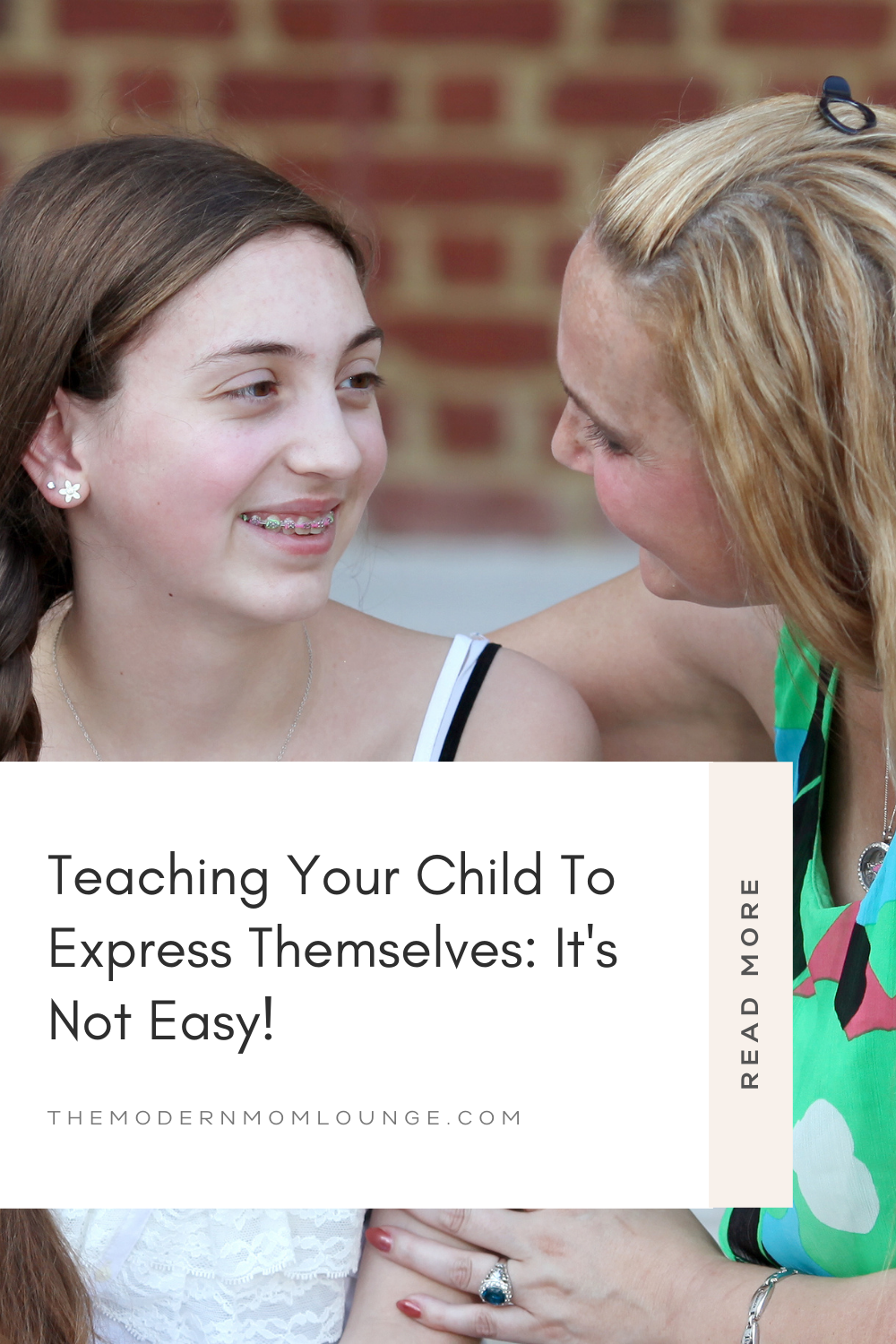Teaching Your Child To Express Themselves: It’s Not Easy!

From babyhood to adulthood, children are a conundrum. We are blessed with tiny versions of ourselves that make zero sense for a long time. We teach them to walk and to talk the best way we can, but we must also be teaching your child to express themselves in a way that is acceptable for their age.

Throughout their learning journey, things can become very overwhelming for little children who are trying to get through life. They often vent their frustrations through emotional outbursts, and before they can communicate, children struggle with being able to express themselves in a way that gets them their desired outcome.
Whether you have to go down the route of speech therapy or not, you need to do what’s possible to help your child to get through their emotions unscathed. It’s all part of their learning experience that you can help your child to get through life while expressing what they need.
Here are five clear ways to help your children to understand their big emotions.
Identification
The best way of teaching your child to express themselves is to help them with identifying the feeling they are experiencing. You can do this with picture cards that help them to choose which emotion is the right one, and you can help them by telling them the names of the feelings that they are feeling. For example, a child who is unable to say the word “angry”, can be told that his feelings are angry and know that it’s the right word for their emotion. This can help them to assess what they feel and assign a word to their feelings.
Expression
When your child understands the word for their emotions, you can teach them how to express that emotion. Angry feelings can be helped with a pillow to cuddle, and you can use worry boards to help them to express what they feel.
You can even teach children as young as toddlers to breathe deeply and count to three every time they feel worried or angry. Not every child can use language to express their feelings, so give them other actions.
Connect
Babies are rocked and soothed when they’re upset or happy, but toddlers and school kids are expected to know how to act when they feel their feelings. You can still hold your child and talk to them through their emotions, and if your child is verbal, ask them what they need from you – ask how you can help. This can help them to talk through what they feel and regulate their emotions better, better teaching your child to express themselves.
Don’t Punish
Surprisingly, people are raised believing that a screaming child needs to be disciplined – they don’t. They need to not be punished for feeling their feelings. Children get the message that their emotions are something to be ashamed of when this happens, and it’s not. Children cry, children scream – they are allowed to feel. Help them to do that!
Praise
When you notice your child calm themselves and breathe deeply, praise them! Show them that you are noticing their ability to feel deeply and pull themselves through it. Children need to know that it’s okay to express their emotions and they will love your support to do it!
Teaching Your Child to Express Themselves
These are just a few ideas, and keep in mind that every child is different. My older son is markedly different in personality and how he carries himself than my younger one, yet they both have a lot of the same mannerisms. It’s very interesting, actually!








